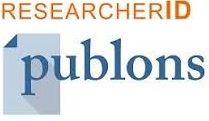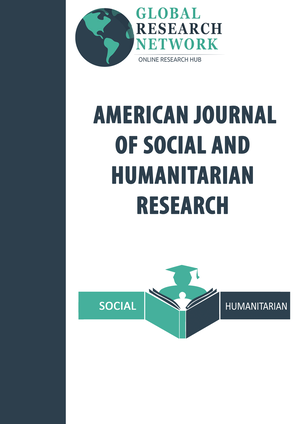Poor Eating Habits and Chronic Malnutrition Among Adolescent Girls in Secondary Schools in Popokabaka, Democratic Republic of Congo, 2018
Abstract
Introduction:
Adopting poor eating habits during adolescence can dramatically affect nutritional and health status in adulthood. To break the intergenerational cycle of malnutrition in the Congolese population, it is crucial to focus more on adolescent girls. This study aims to assess the prevalence of poor eating habits and chronic malnutrition among teenage girls and to examine the link between the two variables.
Materials and Methods:
An analytical cross-sectional study was conducted in April 2018 among 434 adolescent girls aged 12 to 17 years attending secondary schools in Popokabaka. Structured interviews were conducted using 24-hour recall and weekly food frequency techniques, supplemented with clinical, anthropometric, and biochemical assessments. Chi-square tests and logistic regression analyses were used to analyze the data.
Results:
The most common poor eating habits among adolescent girls included inadequate consumption of whole grains and cereals, frequent consumption of fatty foods, sweets, and highly salted foods prepared outside the home (fast foods, 95.4%), snacks (94.0%), and sugary beverages (90.7%). Chronic malnutrition affected 14.5% of the adolescents. Frequent consumption of snacks (AOR=0.13; 95% CI=0.05–0.30) and inadequate consumption of whole grains and cereals (AOR=9.37; 95% CI=2.69–32.67) were statistically associated with chronic malnutrition.
Conclusion:
Chronic malnutrition among adolescent girls attending secondary schools in Popokabaka is linked to their poor eating habits.
Keywords: Poor eating habits; chronic malnutrition; adolescent girls; DRC
Keywords
Full Text:
PDFReferences
JN Groft, B Hagen, NK Miller, N Cooper SB. Adolescent health: a rural community’s approach. Rural an Remote Heal. 2005;5(366).
Savage A, Februhartanty J, Worsley A. Adolescent women as a key target population for community nutrition education programs in Indonesia. Asia Pac J Clin Nutr. 2017;26(November 2015):484‑93.
Roura E, Milà-Villarroel R, Pareja SL, Caballero AA. Assessment of eating habits and physical activity among Spanish adolescents. the « Cooking and Active Leisure » TAS program. PLoS One. 2016;11(7):1‑21.
Duma-Kocan P, Barud B, Głodek E, Gil M. Assessment of nutritional habits and preferences among secondary school students. Rocz Panstw Zakl Hig [Internet]. 2017;68(1):91‑7. Disponible sur: https://www.scopus.com/inward/record.uri?eid=2-s2.0-85021859275&partnerID=40&md5=ff83eec04f23be736eb1d9034987ea93
Krebs N, Bagby S, Bhutta ZA, Dewey K, Fall C, Gregory F, et al. International summit on the nutrition of adolescent girls and young women: consensus statement. Vol. 1400, Annals of the New York Academy of Sciences. 2017. p. 3‑7.
Szczepanska E, Deka M, Calyniuk B. Studies to determine nutrition behavior amongst middle school pupils living in the border areas of Poland and the Czech Republic. Rocz Panstw Zakl Hig. 2013;64(3):191‑6.
OMS, HBSC. Les habitudes alimentiares des adolescents. Fiche descriptive. 2016;4.
Rosalind S. Gibson. Principles of Nutritional Assessment. Editor Rosalind S Gibson. Oxford University Press Inc . 2nd. 2005;2005.
Yaya S, Ekholuenetale M, Bishwajit G. Differentials in prevalence and correlates of metabolic risk factors of non-communicable diseases among women in sub-Saharan Africa : evidence from 33 countries. 2018;1‑13.
Lecerf J-M, Schlienger J-L. Nutrition préventive et thérapeutique. Elsevier Masson SAS [Internet]. 2016;337. Disponible sur: www.elsevier-masson.fr
Szeja N, Szczepańska E, Janion K, Szymkiewicz A, Lenard B, Dudzik I, et al. Selected eating behaviours of girls and boys attending sport-oriented classes. Rocz Panstw Zakl Hig. 2017;68(1):83‑90.
DOI: http://dx.doi.org/10.52155/ijpsat.v48.2.6901
Refbacks
- There are currently no refbacks.
Copyright (c) 2025 Maximilien Kasongo Yumba

This work is licensed under a Creative Commons Attribution 4.0 International License.



















